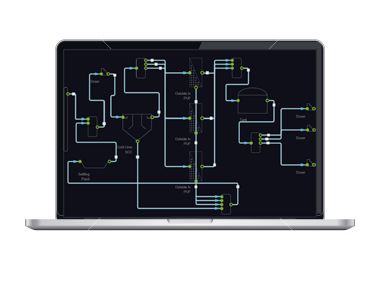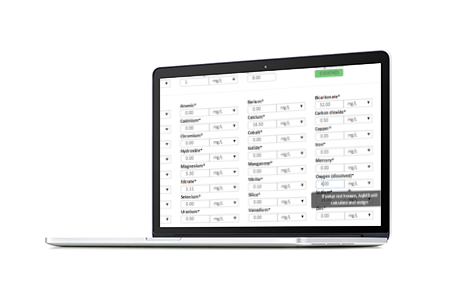Intuitive plant design and digital twin configuration.
Drag, drop and connect unit operations on a flowsheet, then configure each unit operation to tailor your concept design or begin with typical defaults preloaded into each operation. Configured plants can be matched with any user scenario & shared with other users in your organisation.


Model Scenarios and Feed Streams.
Create feed scenarios with up to 5 feed streams for use in any of your configured plants. Each stream can be manually entered or your water analysis can be intelligently uploaded directly from a CSV file and balanced by the ion of your choice.




